Managing a business involves navigating a countless number of financial processes, at the very core of which lies the Accounts Payable (AP) function. Now, as organizations strive for increased efficiency, error reduction, and eliminating manual processes prone to errors, the concept of Procure-to-Pay (P2P) and accounts payable systems has gained increased relevance as a critical aspect of modern business operations.
Here we explore the intricacies of P2P accounts payable, shedding light on its operational dynamics and illustrating its key role in optimizing financial workflows. By exploring how P2P accounts payable works you'll gain both a detailed understanding of its mechanics as well as discover how its tangible benefits can significantly contribute to the ongoing success of your business.
Read on to uncover the strategic advantages and innovative solutions that P2P accounts payable automation brings to modern business operations.
What is Accounts Payable (AP)
Accounts payable represents the total sum of short-term obligations owed by a business to vendors and its suppliers for goods and services purchased on credit. This is represented as a liability on the company's balance sheet and it a legal obligation.
What is Procurement?
Procurement is the process of acquiring goods and services from extern sources in a systematic and cost-effective manner that fulfills organizational needs. The procurement process, encompassing the identification of needs, vendor and supplier selection, and order creation, sets the stage for subsequent accounts payable activities.
However, the procurement process isn't just about sourcing goods or paying for services. It's also about establishing strategic partnership with suppliers, and a well-defined procurement strategy ensures that the organization not only gets the best value for its money but also builds lasting relationships with reliable suppliers.
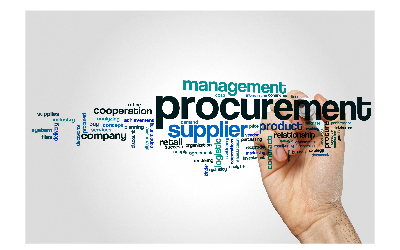
Integrating Procurement And Accounts Payable
The purchase-to-pay approach emphasizes the seamless integration of procurement and accounts payable functions, ensuring a smooth transformation of purchase requisitions - the document used by purchasing department to request a purchase of goods or services - into purchases orders for efficient invoice processing. This mitigates delays and minimizes the chance of discrepancies in the financial workflow.
Define the Procure-to-Pay Process
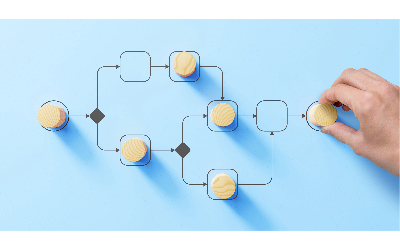 The Procure to Pay process, also known as purchase-to-pay, refers to the end-to-end process used by an organization to acquire, account for, and manage goods and services. This encompasses the entire journey, from identifying the need for a product or service to making the final payment.
The Procure to Pay process, also known as purchase-to-pay, refers to the end-to-end process used by an organization to acquire, account for, and manage goods and services. This encompasses the entire journey, from identifying the need for a product or service to making the final payment.
The Role of Accounts Payable in the P2P Process
 The Accounts Payable department is responsible for managing invoices, reconciling purchase orders with deliveries, and ensuring timely payments of invoices. The integration of AP automation with the P2P accounts payable process significantly enhances the efficiency of these tasks.
The Accounts Payable department is responsible for managing invoices, reconciling purchase orders with deliveries, and ensuring timely payments of invoices. The integration of AP automation with the P2P accounts payable process significantly enhances the efficiency of these tasks.
The P2P Accounts Payable Process
The seamless integration of Procurement and Accounts Payable within the procure-to-pay cycle is vital for business success. If the Accounts Payable function is at the core of managing financial processes, the P2P process is at the heart of efficient procurement software accounts payable operations.
The procurement journey starts with asking for a purchase requisition, where the necessity of purchasing a particular product or service is identified. This requisition transforms into a comprehensive Purchase Order (PO), outlying essential details including quantity, price, and delivery specifics.
Upon arrival of the goods or services, it is important that the receiving department acknowledges receipt. This step is crucial for the entire process, as without confirmation of delivery, the entire process comes to a halt.
Simply put, you'll only pay for items that have been physically received and accepted minimizing the risk of overpayment. According to statistics, this precautionary measure can avoid at least 10% of overpayments or other discrepancies.
Let's look at each of the steps in further detail.
The Procure-To-Pay Cycle Steps
The procure-to-pay process isn't just a straightforward sequence of events but rather a combination of multiple activities that must synchronize for the overall operation to function smoothly. These are:
1. Purchase requisition
- Identify the need for a product or service.
- Formalize the need by creating a purchase requisition.
2. Purchase order
- Once the purchase requisition is approved, a purchase order is generated.
- The purchase order outlines the specifics of the purchase, including quantity, price, and delivery details.
3. Order confirmation
- The supplier receives the purchase order, ensures that they can fulfill the order, and notifies the business of turnaround and shipment times.
4. Delivery
- Upon delivery or completion of service, the receiving department acknowledges receipt.
- The delivery is checked against the purchase order for quantity and quality, ensuring that only received and accepted items are paid for.
- Any exception is communicated back to the supplier.
5. Invoice Process
- Once any delivery exceptions are noted, the supplier sends an invoice to the business.
- The Accounts Payable department verifies that invoice details align with the purchase order and goods receipt, typically through a 2 or 3-way matching process. This ensures that information on the original PO, the delivery receipt, and the invoice all correspond. This reduces the risk of mistakes and discrepancies in the payment process.
- The validated invoices undergoes an approval process.
- Payment is initiated according to terms of the contract and any organizational policies.
6. Reporting and analysis
- Post-payment, organizations benefit from detailed reporting and analysis capabilities.
- Utilize any insights into spending patterns, supplier performance, and areas for future optimization and improvement.
Managing all of these tasks manually is time-consuming and labor-intensive, which is why an increasing number of companies are adopting automation technology to streamline and speed up their operations.
What is Accounts Payable (AP) Automation
In today's businesses, the demand for automation is escalating with Accounts Payable (AP) automation playing an increasingly important role. But what is it exactly?
This advanced process involves leveraging technology to efficiently streamline and optimize diverse processes related to managing invoices, purchase orders, and payments.
In essence, accounts payable automation serves as a catalyst for making operations more efficient, reducing manual errors, accelerating processes, and significantly improving overall accuracy in financial transactions.
Procure-To-Pay Software
Truly successful P2P accounts payable system relies on the implementation of top-notch procure-to-pay software. This specialized solution is designed to automate and optimize the various stages of Procurement and Accounts Payable, creating a seamless flow of information and reducing the risk of errors.
Investing in cutting-edge procure-to-pay software is similar to equipping your accounts payable team with precision tools. While they could manage without it, their efficiency is markedly improved when utilizing such tools.
These sophisticated technology solutions help organizations to streamline their processes and gain valuable insights into spending patterns, supplier performance, costs and areas for further improvement.
Contact Yooz Today
The combination of P2P accounts payable and AP automation, enhanced by cutting-edge software incorporating Artificial Intelligence (AI) and Machine Learning (ML) capabilities, yields an unparalleled level of efficiency.
As business increasingly recognize this potential, the demand for high-performance solutions is increasingly apparent. Yooz, recognized leaders in P2P and accounts payable automation, offers a comprehensive solution to optimize your procure-to-pay process flow.
If you’re prepared to make positive changes and refine your accounts payable processes, experience the efficiency and accuracy of Yooz firsthand. Request a demo today to explore how Yooz can enhance and streamline your procure-to-pay cycle.
P2P accounts payable, when integrated with accounts payable automation, forms a powerful alliance that excels in organizational efficiency. By aligning these functions with the right software partner, you’ll be creating an environment that facilitates seamless procure-to-pay cycles. Contact us today for further details.
FAQs
How does Yooz facilitate the Procure-to-Pay process within accounts payable?
Can Yooz help in optimizing vendor relationships and negotiating better terms through the P2P process?
How does Yooz ensure compliance with purchasing policies and regulatory requirements throughout the P2P process?
Can Yooz integrate with existing ERP systems to streamline the P2P process and enhance data accuracy?


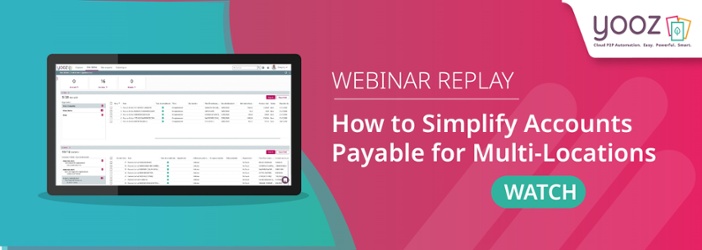
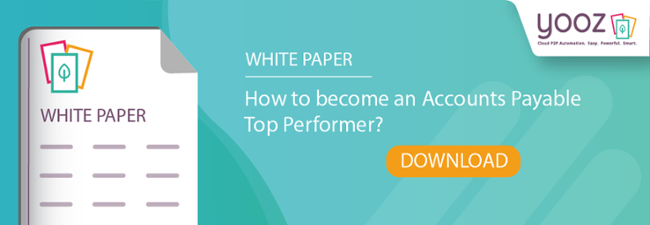
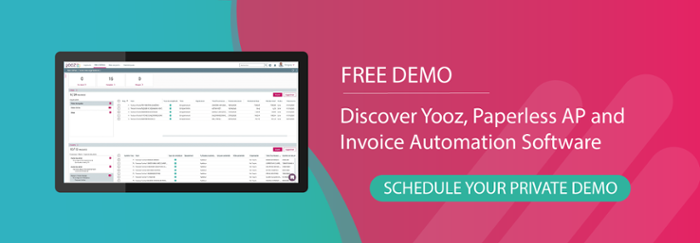
.png)



